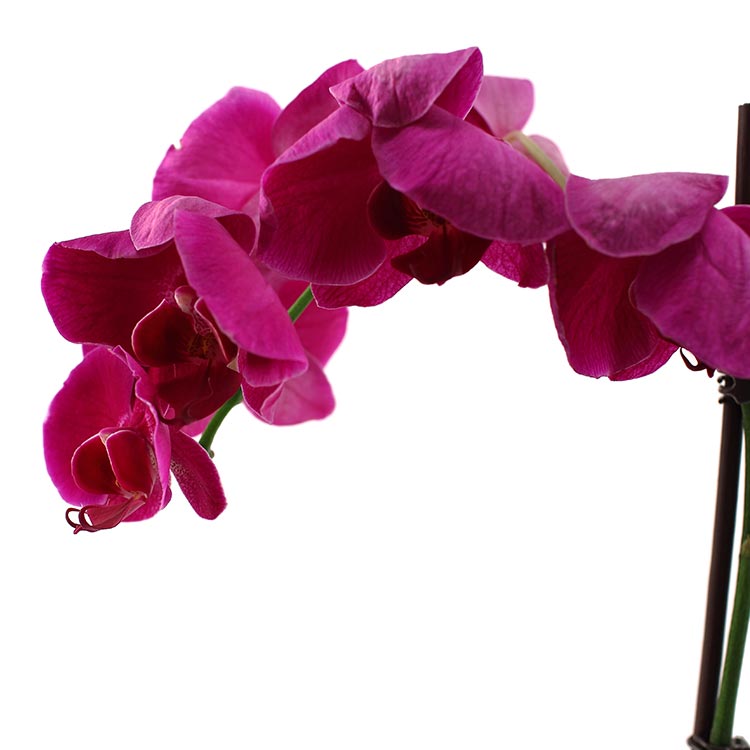Caring for a Phalaenopsis orchid does not require much effort or skill. As long as it gets the right amount of light, water, humidity, and temperature, it should be able to flourish. However, if you fail to provide the appropriate conditions or get rid of diseases or pests, your orchid may stop blooming and appear dead.
Before you give up on the plant, you should check a number of things to find out whether or not it can be saved.
- First of all, you have to inspect the roots. A healthy orchid has white, fleshy, and firm or green plump roots, while an overwatered one has brown and mushy roots. If you find that your orchid has bad roots, snip them off with a sterilized cutting tool and then repot it. On the other hand, if the part of the orchid that connects the leaves and the roots is mushy, it is time to toss the plant.
- Next, check the leaves. Green leaves are healthy leaves, whereas yellow leaves are a sign that the orchid has not been receiving enough sunlight, and it is about to die. Do not worry too much about withered leaves, because it is normal for them to occur when they are about to be replaced by new leaves.
- Put your Phal in a south-facing window. Use a soft damp cloth to remove dust from its leaves, so that it can receive the maximum amount of sunlight. If adequate sunlight does not help it grow, it may be dead.
- If you think that your orchid can be saved, increase humidity around the plant and take care not to overwater it. Then, wait for it to show signs of growth.
To learn more about the life cycle of a Just Add Ice Orchid, view this Orchid Care Video.


